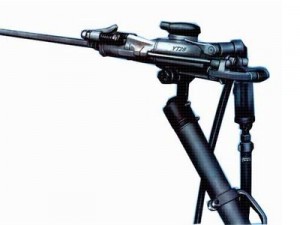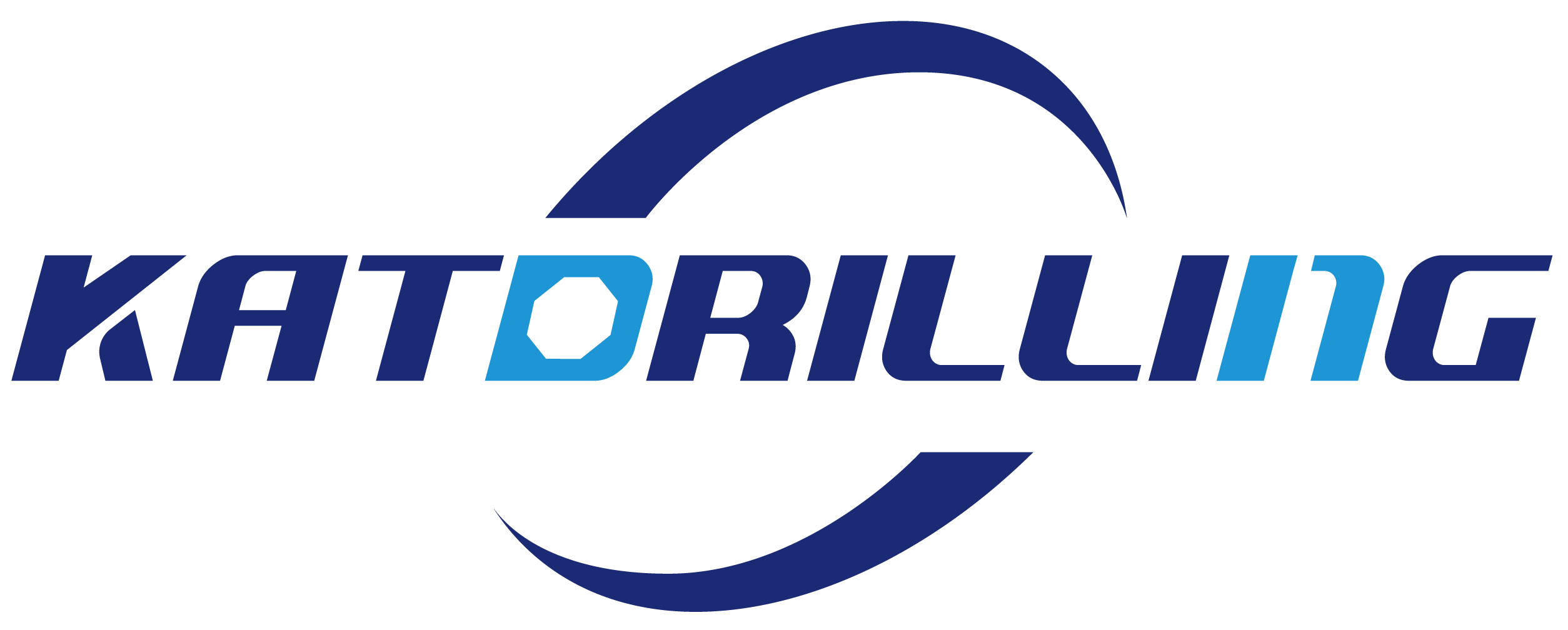Epiroc now takes its successful Serpent ventilation system to the next level by launching automatic functionality.
Analysis of individual profiles for change in temperature reveals predominant surface ground warming in peninsular India with a mean change of nearly 1 degree Celsius for 129 years.
- Equipment lease financing stood at $100 million as at year end, up $46 million due to an increase in equipment financing relating to the backup CAT power generators and Komatsu mine fleet for the Ity CIL project.
If carbon came to be properly priced, a global ledger would need to be kept by regulators so that air-capture machines could suck in and bury an amount equivalent to the CO₂ that emitters produce. Because CO₂ emissions mix quickly into the atmosphere, location would be mostly irrelevant, except for the need to situate plants near clean energy sources and suitable areas for sequestering the gas underground. A direct-air-capture plant in Iceland, in other words, could take in the same quantity of emissions produced by a Boeing 787 in Australia and thus negate its environmental impact. What’s more, there might not be limitations on the burial process. “It doesn’t cost too much to pump CO₂ underground,” Stanford’s Sally Benson says. Companies already sequester about 34 million metric tons of CO₂ in the ground every year, at a number of sites around the world, usually to enhance the oil-drilling process. “The costs range from $2 to $15 per ton. So the bigger cost in all of this is the cost of carbon capture.” Benson told me that various studies suggest that the earth’s capacity for CO₂ sequestration could be in the range of 25 trillion metric tons; burying, say, five billion metric tons of CO₂ a year is therefore within the realm of possibility.

4.1.1 คลิ๊กที่ Chrome เมนู -> เครื่องมือเพิ่มเติม -> ส่วนขยาย
There happens to be a name for things that can do this kind of extraction work: negative-emissions technologies, or NETs. Some NETs, like trees and plants, predate us and probably don’t deserve the label. Through photosynthesis, our forests take extraordinary amounts of carbon dioxide from the atmosphere, and if we were to magnify efforts to reforest clear-cut areas — or plant new groves, a process known as afforestation — we could absorb billions more metric tons of carbon in future years. What’s more, we could grow crops specifically to absorb CO₂ and then burn them for power generation, with the intention of capturing the power-plant emissions and pumping them underground, a process known as bioenergy with carbon capture and storage, or BECCS. Other negative-emissions technologies include manipulating farmland soil or coastal wetlands so they will trap more atmospheric carbon and grinding up mineral formations so they will absorb CO₂ more readily, a process known as “enhanced weathering.”
- The plant throughput is expected to decline as the oxide ore blend is expected to reduce from approximately 80% in 2018 to 60%, with the remainder of the feed comprised of fresh and transitional ore.
• The momentum amongst major international and American health and medical organizations towards encouraging circumcision, especially in infancy.

The two men were not alone in trying to chip away at decades of carbon emissions. An American start-up, Global Thermostat, now finishing its first commercial plant in Alabama, began working on air-capture machines in 2010. And almost from the start, Gebald and Wurzbacher found themselves in a friendly competition with David Keith, the Harvard engineering professor who had just started Carbon Engineering in British Columbia. Keith’s company settled on a different air-capture technology — employing a higher-heat process, and a liquid solution to capture CO₂ — to brew synthetic fuels. Climeworks’s big advantage is that it can make smaller plants early, Keith told me: “I am crazy jealous. It’s because they’re using a modular design, and we’re not.” On the other hand, Keith said he believes his firm is closer to building a big plant that could capture carbon at a more reasonable cost and produce substantial amounts of fuel. “I don’t see a path for them to match this.” Gebald told me he thinks his and Keith’s companies will each succeed with differing approaches. For now, what all the founders have in common is a belief that the cost of capturing a ton of carbon will soon drop sharply.
BENGALURU : Electricity and water consumers across the city will now be able to pay their utility bills using the Bharat Billpay mechanism set up by the National Payments Corporation of India (NPCI). On Tuesday, the Bangalore Electricity Supply Company (BESCOM) and the Bangalore Water Supply and Sewerage Board (BWSSB) signed-up with National Payments Corporation of India (NPCI) to help their customers make use of the anytime-anywhere facility provided by Bharat Bill Pay.
“We are now at a depth where the water temperature has proved high enough for heat generation. This allows us to proceed to the next stage, which is stimulating the borehole by feeding in water and monitoring its flow through fissures in the rock. The flow data will enable us to determine the best direction for drilling the remaining section of the other borehole and how the water can be made to flow through the bedrock between the boreholes,” said St1 Production Manager, Tero Saarno.
- The project remains on-budget with the remaining cash outflow for 2019 amounting to $50.0 – 60.0 million. As at December 31, 2018, the total project spend to date for capital expenditure stands at $374 million, which includes approximately $308 million of cash outflow, $50 million of leased equipment and $16 million of non-cash working capital.
Jay-Z & Diddy Are Two of Forbes’ Top 10 Wealthiest Celebrities | Borehole Hammer Related Video:
, , ,
